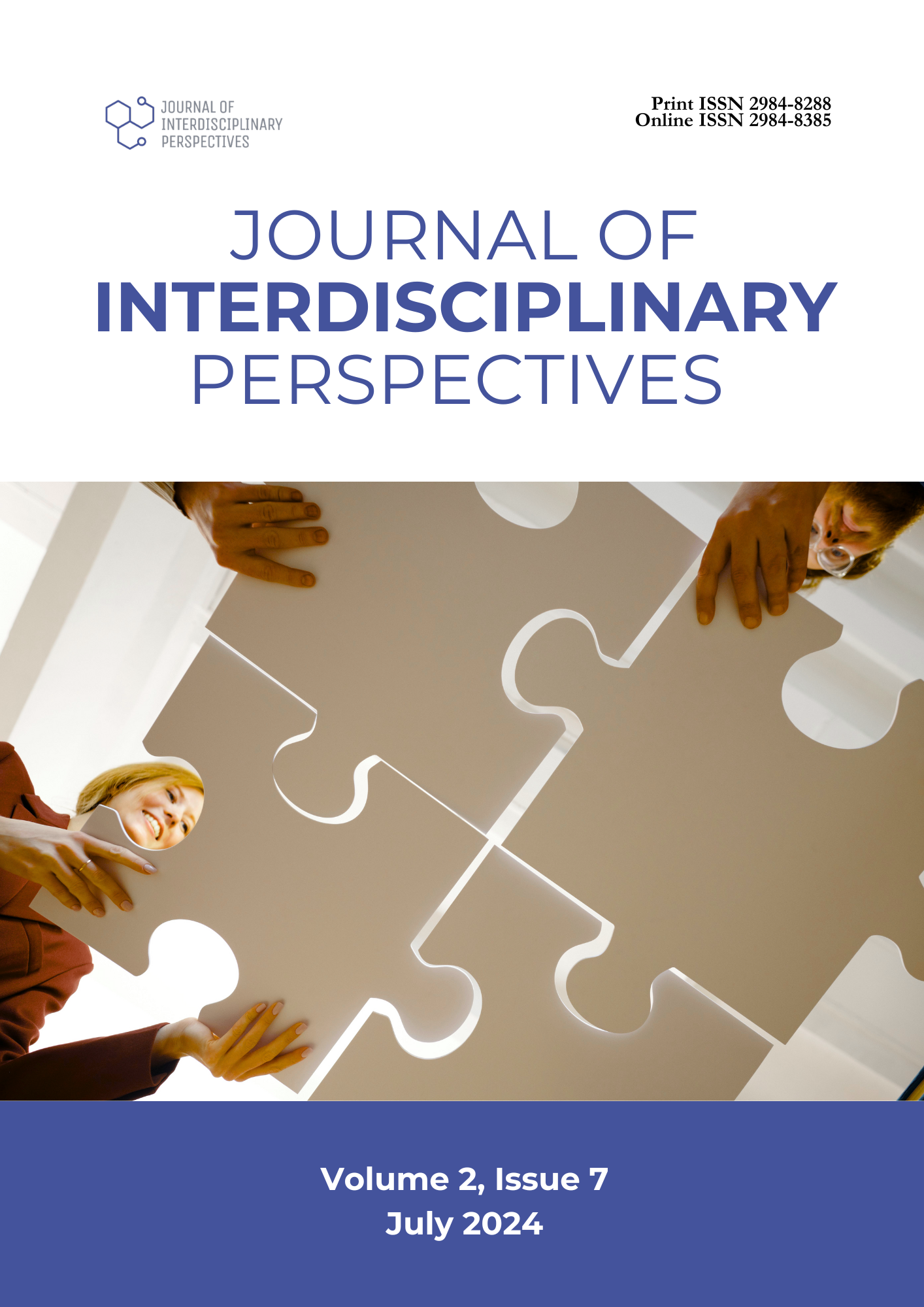Competitiveness of Potential Ecotourism Destination in Libertad, Antique: Input for a Comprehensive Action Plan
DOI:
https://doi.org/10.69569/jip.2024.0199Keywords:
Ecotourism, Tourism industry, AntiqueAbstract
This descriptive-correlational study aimed to determine the level of competitiveness of potential ecotourism destination in terms of core resources and attractors, support factors and resources, and qualifying and amplifying determinants in Libertad, Antique. It also sought to find out if there is any significant difference among the statuses of core resources and attractors, support factors and resources, and qualifying and amplifying determinants of ecotourism destination operations. The status of potential ecotourism destination scientific ability results from two hundred (200) respondents. The instrument used was an adopted questionnaire. The study revealed that there is no significant difference in the status of core resources and attractors, support factors and resources, and qualifying and amplifying determinants.
Downloads
References
Aas, C., Ladkin, A., & Fletcher, J. (2005). Stakeholder collaboration and heritage management. Annals of Tourism Research, 32(1), 28-48. https://doi.org/10.1016/j.annals.2004.04.005
Biddulph, R., & Scheyvens, R. (2020). Introducing inclusive tourism. Inclusive Tourism Development, 1-6. https://doi.org/10.4324/9781003108245-1
Brotherton, B., & Wood, R. (2008). The SAGE handbook of hospitality management. https://doi.org/10.4135/9781849200417
Chandra, P. (2023). Introducing language variation. Variation in South Asian Languages, 1-16. https://doi.org/10.1007/978-981-99-1149-3_1
Fletcher, L. A. (2022). The J.M. Péridier library: Its past, present, and future. Bulletin of the AAS. https://doi.org/10.3847/25c2cfeb.2f5bd758
Fennell, D. A. (2008). Ecotourism and the myth of Indigenous stewardship. Journal of Sustainable Tourism, 16(2), 129-149. https://doi.org/10.2167/jost736.0
Goodwin, H. (2011). Taking responsibility for tourism.
Hall, C. M., & Lew, A. A. (2009). Understanding and managing tourism impacts. https://doi.org/10.4324/9780203875872
Hall-Lew, L. (2019). Editorial. Lifespans and Styles, 5(1), 1. https://doi.org/10.2218/ls.v5i1.2019.3113
Lashley, C. (2000). Acknowledgements. Hospitality Retail Management, xiii. https://doi.org/10.1016/b978-0-7506-4616-1.50003-8
Leisch, F., & Dolnicar, S. (2019). A good graph is worth a thousand numbers. Annals of Tourism Research, 76, 338-342. https://doi.org/10.1016/j.annals.2018.10.007
Manrai, L. A., Manrai, A. K., & Friedeborn, S. (2020). Environmental determinants of destination competitiveness and its tourism attractions-basics-Context, A-B-C, indicators. Journal of Economics, Finance and Administrative Science, 25(50), 425-449. https://doi.org/10.1108/jefas-01-2018-0010
Marasigan, M. A., & Borbon, N. M. (2020). Destination competitiveness in the view of resort managers. International Journal of Research Studies in Education, 10(1). https://doi.org/10.5861/ijrse.2020.5919
Ritchie, J. R., & Crouch, G. I. (2003). undefined. CABI.
Osman, T., Shaw, D., & Kenawy, E. (2018). Examining the extent to which stakeholder collaboration during ecotourism planning processes could be applied within an Egyptian context. Land Use Policy, 78, 126-137. https://doi.org/10.1016/j.landusepol.2018.06.043
Downloads
Published
How to Cite
Issue
Section
License
Copyright (c) 2025 Journal of Interdisciplinary Perspectives

This work is licensed under a Creative Commons Attribution-NonCommercial 4.0 International License.









